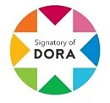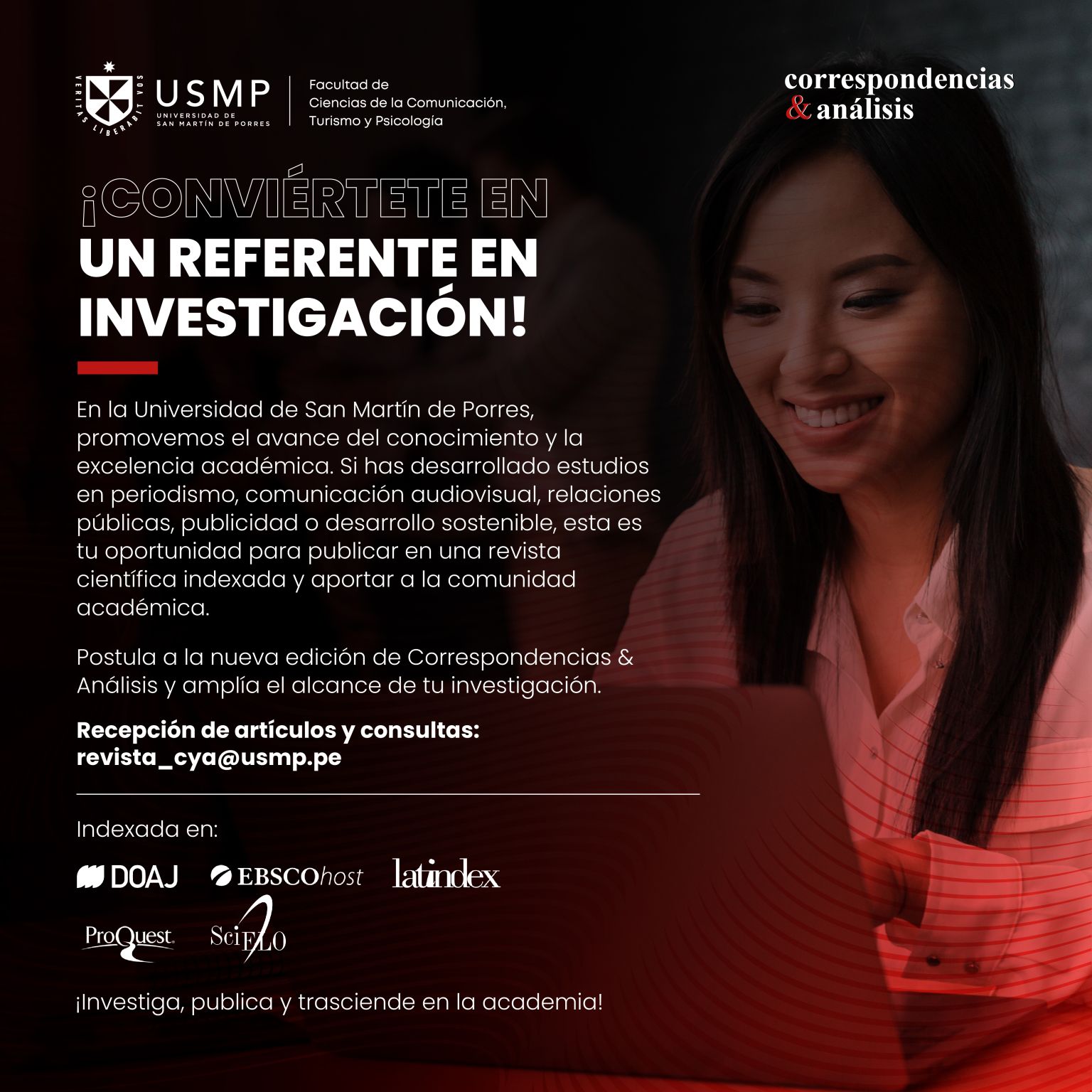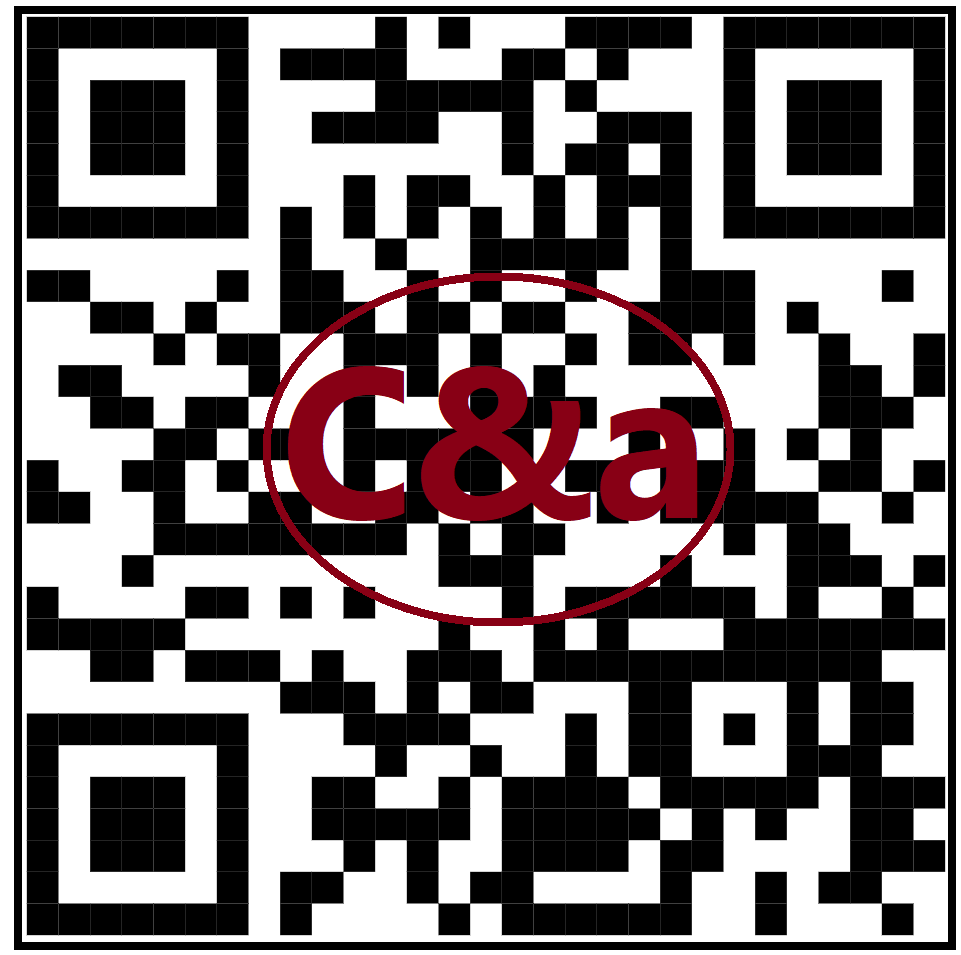The contribution of social communication to projects of rehabilitation of water and sanitation networks: The case of Sedapal Project Lote 3
DOI:
https://doi.org/10.24265/cian.2019.n9.04Keywords:
Water, Communication, Social Intervention, Communication for Development, Community Relations, SanitationAbstract
This paper focus on implementation of communication strategies developed in the Rehabilitation of Potable Water and Sewerage Network Lote 3 project, executed between 2013 and 2014 in the district of Comas, north of Lima-Peru, and belonging to the Servicio de Agua Potable y Alcantarillado de Lima (SEDAPAL), company responsible for water and sewage in Lima. As a result, it could be observed that the implementation of a diagnosis of perceptions, the communication plan and the communication and education products allowed to facilitate the design of messages according to the context of the project, taking into account the speeches of the users against and in favor of the project, as well as the objectives sought by the executing company.
Metrics
Downloads
References
Acosta, A. (2010). El buen vivir en el camino. Quito: Fundación Friedrich Ebert, FESILDIS.
Acosta, J. (13 de noviembre de 2014). Entrevista al Licenciado Javier Acosta, ex supervisor del Proyecto Lote 3. Entrevistador: Wilfredo Cornejo Alva.
Alfaro, R. (2006). Otra Brújula. Innovaciones en comunicación y desarrollo. Lima: Asociación de Comunicadores Sociales Calandria.
Aragón, V. (2012). La construcción social del discurso en torno al agua y su contribución a la creación de opinión pública. Murcia: Universidad de Murcia.
Cabrera, L. (2006). Diseño de campaña de comunicación para el desarrollo. Lima: Academia Peruana de Comunicación Organizacional.
Cornejo Alva, W. (2015). Lecciones aprendidas de comunicación para proyectos de rehabilitación de redes de agua y alcantarillado: El caso del lote 3 de Sedapal – Comas, Lima (tesis de licenciatura). Universidad Nacional Mayor de San Marcos, Lima, Perú.
Díaz, R. (2011). Desarrollo sustentable. México, DF: McGraw-Hill Educación.
Consorcio Lima Norte, CLN. (2012). Plan de comunicaciones. CLN: Lima.
Fraser, C. & Restrepo-Estrada, S. (2008). Why Communication? En A. Gumucio-Dagron & T. Tufte (Comps.), Antología de la comunicación para el cambio social (pp. 792-793). Nueva Jersey: Consorcio de Comunicación para el Cambio Social.
Frenette, M. & Reyes, P. (2011). La importancia de las ciencias de la comunicación en las campañas sociales. Derecho a Comunicar. Revista Científica de la Asociación Mexicana de Derecho a la Información, 2. Recuperado de https://www.researchgate.net/publication/327989083_La_importancia_de_las_ciencias_de_la_comunicacion_-en_las_campanas_sociales
Fundación Futuro Latinoamericano-FFLA & Aquafondo (2015). Cuenca interregional Chillón-Rímac y Lurín, Perú. Una experiencia de gobernanza. Sistematización Periodo 2011-2015. Recuperado de https://aquafondo.org.pe/wp-content/uploads/2016/11/sistematizacion_GA_cuencas-lima.pdf
Instituto Nacional de Estadística e informática, INEI (2017). Provincia de Lima, compendio estadístico 2017. Lima: INEI.
Jamías, J. (2008). Filosofía de la comunicación para el desarrollo. En A. Gumucio-Dagron, & T. Tufte (Comps.), Antología de la comunicación para el cambio social (pp. 186-190). Nueva Jersey: Consorcio de la Comunicación para el Cambio Social.
Lindon, D. (1977). Marketing político y social. Madrid: TECNIBAN.
Moliner, M. (1998). Marketing social. La gestión de las causas sociales. Madrid: ESIC.
Morel, R. (19 de diciembre de 2012). El reto de las relaciones comunitarias. Recuperado de https://ricardomorel.wordpress.com/2012/12/19/el-reto-de-las-relaciones-comunitarias/
Ramiro, L. (2008). La comunicación para el desarrollo en Latinoamérica: una evaluación de cuarenta años. En A. Gumucio-Dagron, & T. Tufte (Comps.), Antología de la comunicación para el cambio social (p. 614). Nueva Jersey: Consorcio de la Comunicación para el Cambio Social.
Servicio de Agua Potable y Alcantarillado de Lima, SEDAPAL (2010). Encuesta del Nivel de Satisfacción con los Servicios de SEDAPAL. Lima: SEDAPAL. Recuperado de http://www.sedapal.com.pe/c/document_library/get_file?uuid=bf975b66-677f-43ba-baa5-7b6d68873f14&groupId=10154
Servicio de Agua Potable y Alcantarillado de Lima, SEDAPAL (2011a). Especificaciones técnicas generales - Lote 3. Obras de rehabilitación de redes secundarias de agua potable y alcantarillado. Lima: SEDAPAL. Recuperado de http://www.sedapal.com.pe/Contenido/licitaciones/LPI003-2011-JICA-KFW/LPI%20N%20003-2011-JICA-KFW-SEDAPAL/VOLUMEN%202/ESPECIFICACIONES%20TECNICAS/Especificaciones%20Generales.pdf
Servicio de Agua Potable y Alcantarillado de Lima, SEDAPAL (2011b). Términos de referencia - Lote 3. Obras de rehabilitación de redes secundarias de agua potable y alcantarillado. Lima: SEDAPAL.
Solano, D. (2009). Responsabilidad social. Estrategias sostenibles para el desarrollo y la competitividad. Lima: ESAN.
Uribe, C. (2008). Un modelo para armar. Teorías y conceptos de desarrollo. Lima: PUCP.
Vargas, R. (2006). La cultura del agua. Lecciones de la América indígena. Montevideo: UNESCO.
Vizcarra, H. (15 de noviembre de 2014). Entrevista al Licenciado Humberto Vizcarra, ex coordinador del equipo de intervención social del Proyecto Lote 3. Entrevistador: Wilfredo Cornejo Alva.
Downloads
Published
Issue
Section
License
In case the manuscript is approved, the authors retain the copyright and assign to the journal the right to publish, edit, reproduce, distribute, display and communicate in the country of origin and abroad by means of print and electronic media in different databases.
In order for this procedure to be recorded, the author must fill out the following formats:
Format 1 - Author data Format.
Format 2 - Affidavit on originality and authorization for the publication of articles Format.
Format 3 - Open Science Compliance.







2.png)













